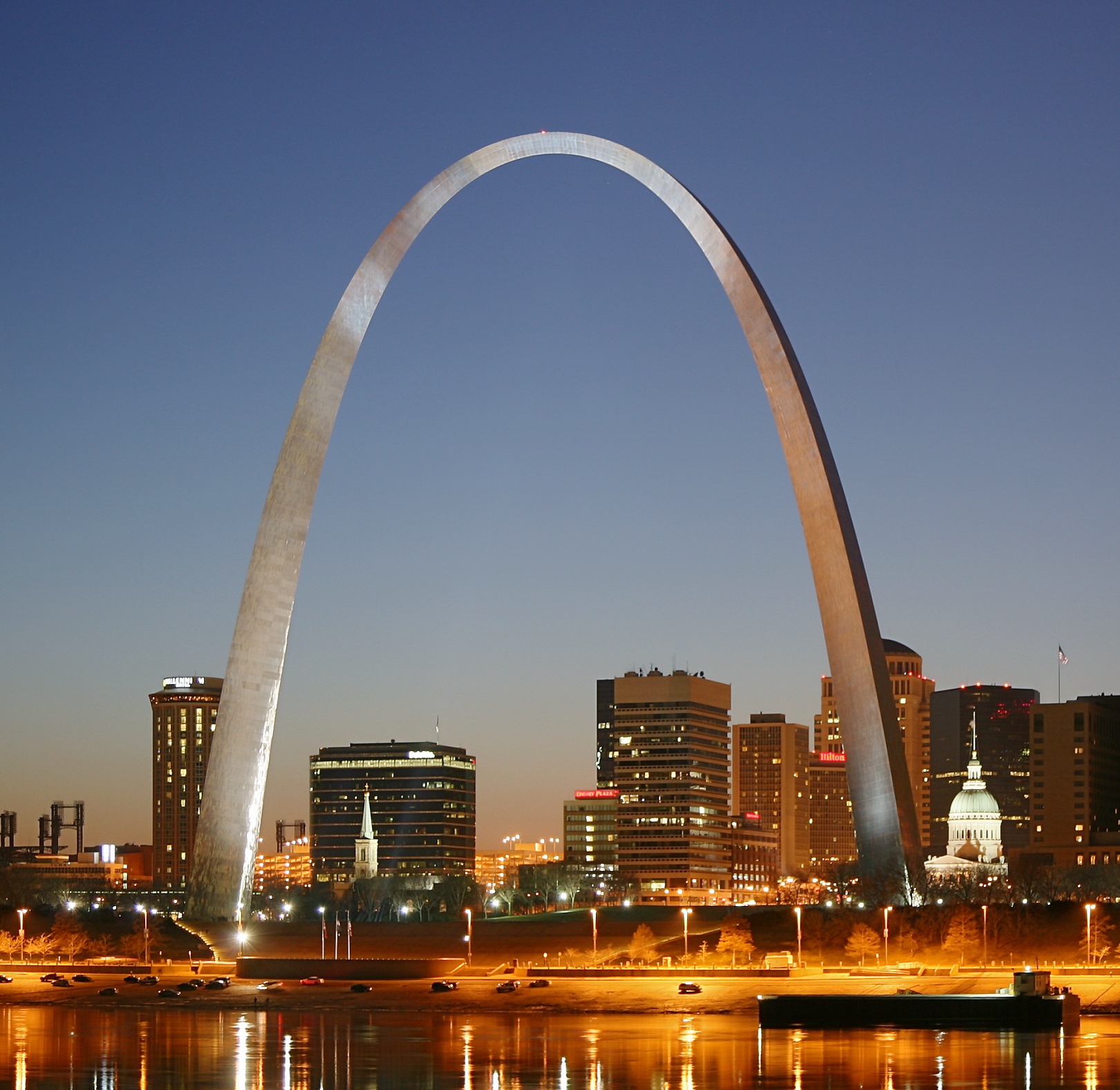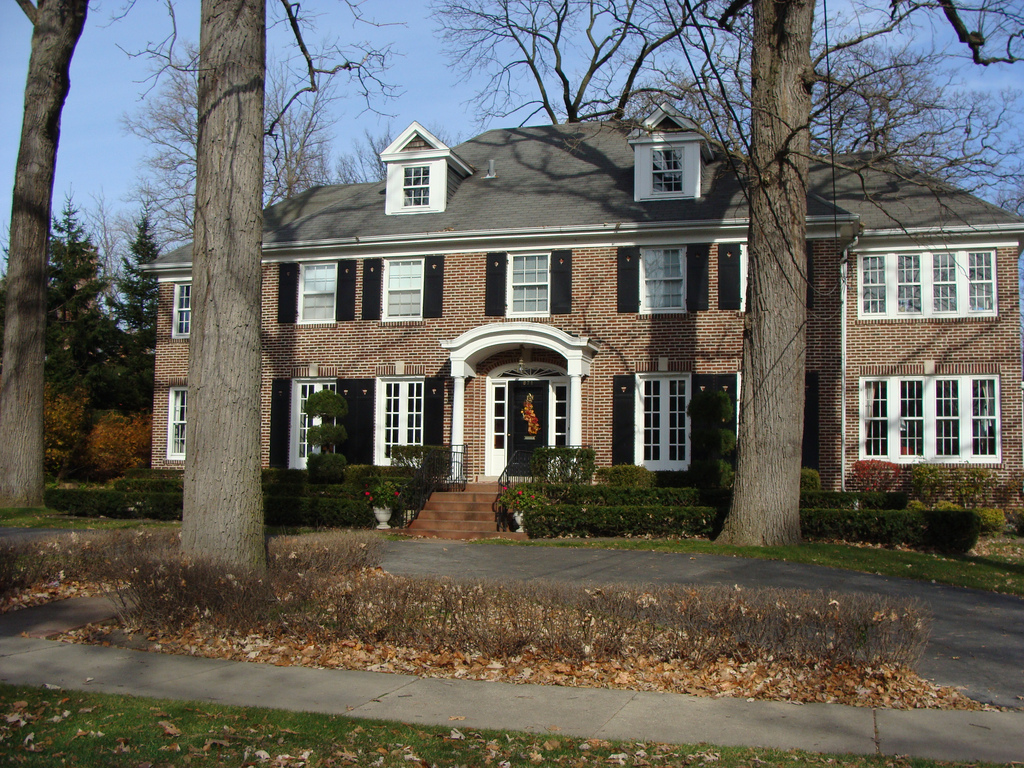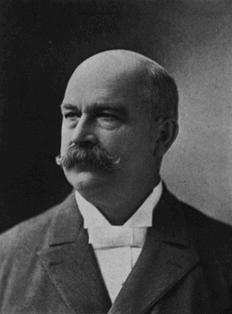|
Winnetka School District 36
Winnetka School District 36 is an elementary school district based in Winnetka, Cook County, Illinois, a suburb of Chicago that is due north of the city. The district is composed of five schools: three neighborhood elementary schools, and two middle schools. All schools are located within Winnetka boundaries. District schools Students in the district may begin their education as prekindergarteners in Samuel Sewell Greeley Elementary School or as kindergarteners at either Crow Island Elementary School or Hubbard Woods Elementary School All schools educate students from grades one through four; after elementary school, students move on to Skokie Middle School, which houses the fifth and sixth grade. The last school that students in Winnetka District 36 attend is Carleton W. Washburne Middle School, which covers grades seven and eight; Washburne and the Skokie School are located on the same campus. History The district's first school was founded in 1859, a decade before the vill ... [...More Info...] [...Related Items...] OR: [Wikipedia] [Google] [Baidu] |
Primary Education
Primary education or elementary education is typically the first stage of formal education, coming after preschool/kindergarten and before secondary school. Primary education takes place in ''primary schools'', ''elementary schools'', or first schools and middle schools, depending on the location. The International Standard Classification of Education considers primary education as a single-phase where programmes are typically designed to provide fundamental reading, writing, and mathematics skills and establish a solid foundation for learning. This is ISCED Level 1: Primary education or first stage of basic education.Annex III in the ISCED 2011 English.pdf Navigate to International Standard Classification of Education (ISCED) Definition The ISCED definition in 1997 po ...[...More Info...] [...Related Items...] OR: [Wikipedia] [Google] [Baidu] |
Winnetka Plan
The Winnetka Plan was an educational experiment held in the Winnetka, Illinois-based Winnetka School District 36.T. Corcoran, "The Winnetka School Plan," ''The Irish Monthly, Vol. 55'', No. 644, pp. 63-67 (Feb., 1927), published by Irish Jesuit Province. URat JSTOR/ref> Developed by Carleton Washburne, who was the district superintendent, and inspired by John Dewey's work in the University of Chicago Laboratory School, the plan attempted to expand educational focus to creative activities and emotional and social development,Carleton Washburne, ''A Living Philosophy of Education, '' The University of Chicago Press (1941). using a program of a type that later became known as "programmed instruction."Herbert M. Kliebard, ''The Struggle for the American Curriculum, 1893–1958 ''The Struggle for the American Curriculum, 1893–1958'', is a book written by historian of education Herbert Kliebard and published by Routledge & Kegan Paul Routledge () is a British multinational p ... [...More Info...] [...Related Items...] OR: [Wikipedia] [Google] [Baidu] |
School Districts In Cook County, Illinois
A school is an educational institution designed to provide learning spaces and learning environments for the teaching of students under the direction of teachers. Most countries have systems of formal education, which is sometimes compulsory. In these systems, students progress through a series of schools. The names for these schools vary by country (discussed in the '' Regional terms'' section below) but generally include primary school for young children and secondary school for teenagers who have completed primary education. An institution where higher education is taught is commonly called a university college or university. In addition to these core schools, students in a given country may also attend schools before and after primary (elementary in the U.S.) and secondary (middle school in the U.S.) education. Kindergarten or preschool provide some schooling to very young children (typically ages 3–5). University, vocational school, college or seminary may be availab ... [...More Info...] [...Related Items...] OR: [Wikipedia] [Google] [Baidu] |
Experiential Education
Experiential education is a philosophy of education that describes the process that occurs between a teacher and student that infuses direct experience with the learning environment and content. The term is not interchangeable with experiential learning; however experiential learning is a sub-field and operates under the methodologies of experiential education. The Association for Experiential Education regards experiential education as "a philosophy that informs many methodologies in which educators purposefully engage with learners in direct experience and focused reflection in order to increase knowledge, develop skills, clarify values, and develop people's capacity to contribute to their communities". Experiential education is the term for the philosophy and educational progressivism is the movement which it informed. About John Dewey was the most famous proponent of hands-on learning or experiential education, which was discussed in his book '' Experience and Education'' (19 ... [...More Info...] [...Related Items...] OR: [Wikipedia] [Google] [Baidu] |
Progressive Education
Progressive education, or protractivism, is a pedagogical movement that began in the late 19th century and has persisted in various forms to the present. In Europe, progressive education took the form of the New Education Movement. The term ''progressive'' was engaged to distinguish this education from the traditional curricula of the 19th century, which was rooted in classical preparation for the university and strongly differentiated by social class. By contrast, progressive education finds its roots in modern experience. Most progressive education programs have these qualities in common: * Emphasis on learning by doing – hands-on projects, expeditionary learning, experiential learning * Integrated curriculum focused on thematic units * Strong emphasis on problem solving and critical thinking * Group work and development of social skills * Understanding and action as the goals of learning as opposed to rote knowledge * Collaborative and cooperative learning projects * Edu ... [...More Info...] [...Related Items...] OR: [Wikipedia] [Google] [Baidu] |
National Historic Landmark
A National Historic Landmark (NHL) is a building, district, object, site, or structure that is officially recognized by the United States government for its outstanding historical significance. Only some 2,500 (~3%) of over 90,000 places listed on the country's National Register of Historic Places are recognized as National Historic Landmarks. A National Historic Landmark District may include contributing properties that are buildings, structures, sites or objects, and it may include non-contributing properties. Contributing properties may or may not also be separately listed. Creation of the program Prior to 1935, efforts to preserve cultural heritage of national importance were made by piecemeal efforts of the United States Congress. In 1935, Congress passed the Historic Sites Act, which authorized the Interior Secretary authority to formally record and organize historic properties, and to designate properties as having "national historical significance", and gave the Nation ... [...More Info...] [...Related Items...] OR: [Wikipedia] [Google] [Baidu] |
Eliel Saarinen
Gottlieb Eliel Saarinen (, ; August 20, 1873 – July 1, 1950) was a Finnish-American Architecture, architect known for his work with art nouveau buildings in the early years of the 20th century. He was also the father of famed architect Eero Saarinen. Life and work in Finland Saarinen was educated in Helsinki at the Helsinki University of Technology. From 1896 to 1905 he worked as a partner with Herman Gesellius and Armas Lindgren at the firm Gesellius, Lindgren, Saarinen. His first major work with the firm, the Finnish pavilion at the Exposition Universelle (1900), Paris 1900 World Fair, exhibited an extraordinary convergence of stylistic influences: Finnish wooden architecture, the British Gothic Revival, and the Jugendstil. Saarinen's early manner was later christened the Finnish National Romantic Style, National Romanticism and culminated in the Helsinki Central railway station (designed 1904, constructed 1910–14). From 1910 to 1915 he worked on the extensive city- ... [...More Info...] [...Related Items...] OR: [Wikipedia] [Google] [Baidu] |
Eero Saarinen
Eero Saarinen (, ; August 20, 1910 – September 1, 1961) was a Finnish-American architect and industrial designer noted for his wide-ranging array of designs for buildings and monuments. Saarinen is best known for designing the General Motors Technical Center in Michigan, Dulles International Airport outside Washington, D.C., the TWA Flight Center (now TWA Hotel) in New York City, and the Gateway Arch in St. Louis, Missouri. He was the son of Finnish architect Eliel Saarinen. Early life and education Eero Saarinen was born in Hvitträsk on August 20, 1910, to Finnish architect Eliel Saarinen and his second wife, Louise, on his father's 37th birthday. They immigrated to the United States in 1923, when Eero was thirteen. He grew up in Bloomfield Hills, Michigan, where his father taught and was dean of the Cranbrook Academy of Art, and he took courses in sculpture and furniture design there. He had a close relationship with fellow students Charles and Ray Eames, and became good f ... [...More Info...] [...Related Items...] OR: [Wikipedia] [Google] [Baidu] |
John Dewey
John Dewey (; October 20, 1859 – June 1, 1952) was an American philosopher, psychologist, and educational reformer whose ideas have been influential in education and social reform. He was one of the most prominent American scholars in the first half of the twentieth century. The overriding theme of Dewey's works was his profound belief in democracy, be it in politics, education, or communication and journalism. As Dewey himself stated in 1888, while still at the University of Michigan, "Democracy and the one, ultimate, ethical ideal of humanity are to my mind synonymous." Dewey considered two fundamental elements—schools and civil society—to be major topics needing attention and reconstruction to encourage experimental intelligence and plurality. He asserted that complete democracy was to be obtained not just by extending voting rights but also by ensuring that there exists a fully formed public opinion, accomplished by communication among citizens, experts and politici ... [...More Info...] [...Related Items...] OR: [Wikipedia] [Google] [Baidu] |
Winnetka, Illinois
Winnetka () is a village in Cook County, Illinois, United States, located north of downtown Chicago. The population was 12,316 as of 2019. The village is one of the wealthiest places in the nation in terms of household income. It was the second-ranked Illinois community on Bloomberg's 2019 Richest Places Annual Index. In 2020, 24/7 Wall St ranked Winnetka as the second-best small town to live in in the United States. History The first houses were built in 1836. That year, Erastus Patterson and his family arrived from Vermont and opened a tavern to service passengers on the Green Bay Trail post road. The village was first subdivided in 1854 by Charles Peck and Walter S. Gurnee, President of the Chicago, Milwaukee & St. Paul Railroad. Winnetka's first private school was opened in 1856 by Mr. and Mrs. Charles Peck with seventeen pupils. In 1859, the first public school building was built with private funds at the southeast corner of Elm and Maple streets. The first year's budget fo ... [...More Info...] [...Related Items...] OR: [Wikipedia] [Google] [Baidu] |
Francis Wayland Parker
Francis Wayland Parker (October 9, 1837March 2, 1902) was a pioneer of the progressive education, progressive school movement in the United States. He believed that education should include the complete development of an individual — mental, physical, and moral. John Dewey called him the "father of progressive education." He worked to create curriculum that centered on the whole child and a strong language background. He was against standardization, isolated drill and rote learning. He helped to show that education was not just about cramming information into students' minds, but about teaching students to think for themselves and become independent people. Biography Parker was born in Bedford, New Hampshire in Hillsborough County, New Hampshire, Hillsborough County. He was educated in the public schools and began his career as a village teacher in New Hampshire at age 16. He taught 75 children at Corser Hill at Boscawen, New Hampshire, making 15 dollars a month. Many of his ... [...More Info...] [...Related Items...] OR: [Wikipedia] [Google] [Baidu] |
Carleton Washburne
Carleton Wolsey Washburne (December 2, 1889 – November 28, 1968) was an American educator and education reformer. He served as the superintendent of schools in Winnetka, Illinois, United States, from 1919 to 1943 and is most notably associated with the Winnetka Plan that he developed for his district. Early life and education Carleton Wolsey Washburne was born in Chicago, Illinois, in 1889 to an obstetrician father. His mother was active in political affairs, especially education, and was a friend of the innovative educator John Dewey. The family was well-educated, though not particularly wealthy. Washburne was raised Protestant and attended the Francis W. Parker School. Late in his childhood, his family moved to Elkhart, Indiana, where Washburne attended a traditional school. During his high school years, Washburne moved back to Chicago to live with his maternal grandfather and study at John Marshall Metropolitan High School. When his immediate family moved to Elgin, Illinois ... [...More Info...] [...Related Items...] OR: [Wikipedia] [Google] [Baidu] |








